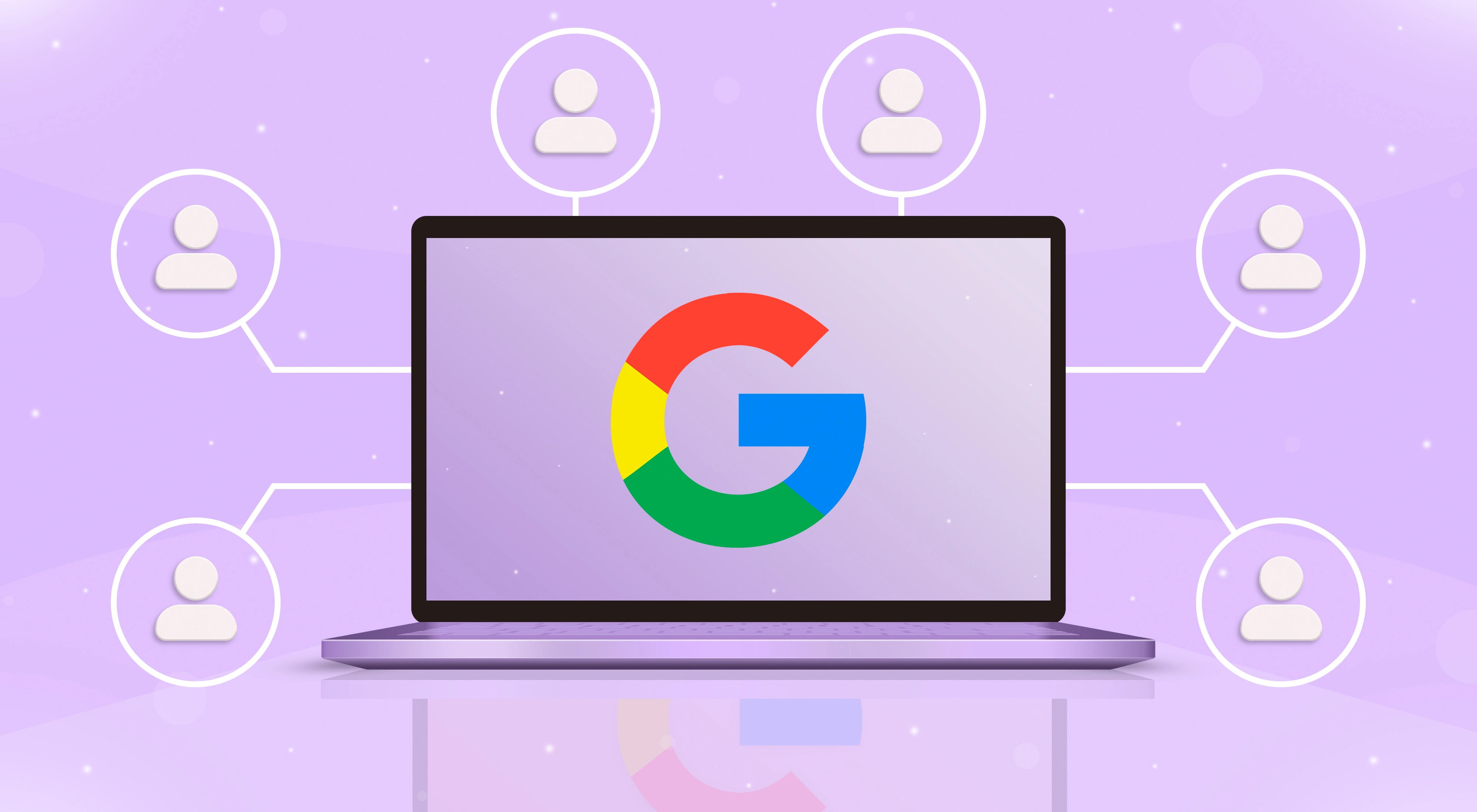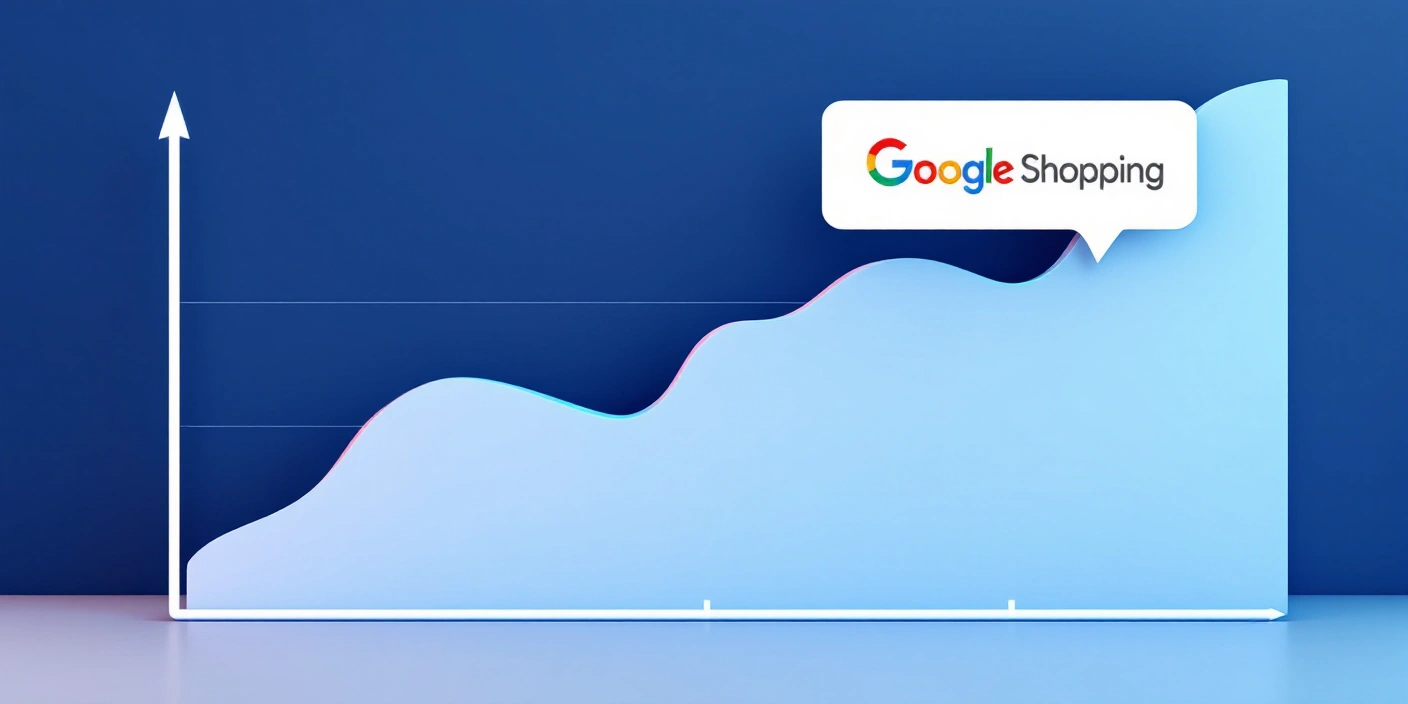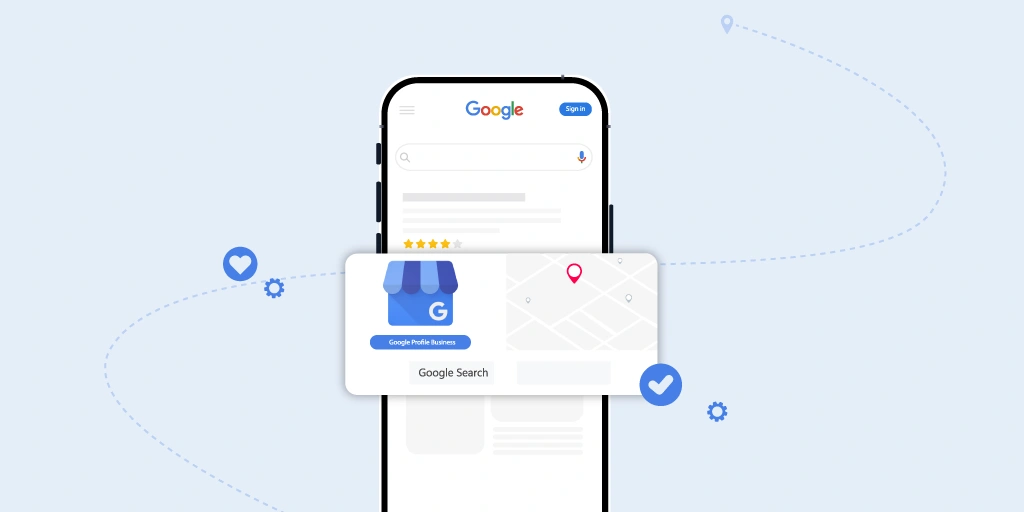Google Search Console Adds Query Groups - What It Means for Your SEO Strategy

Google has introduced a new feature called Query Groups in Search Console Insights. This addition clusters similar search queries together using Google’s own machine learning rather than presenting one vast list of individual keywords. For businesses and SEOs alike, this marks a shift in how Google visualises your search footprint - and how you should view your strategy.
What Are Query Groups?
The new feature surfaces when your site has a large query volume. Rather than seeing dozens or hundreds of separate search terms (“SEO optimisation,” “seo website,” “search engine optimisation uk”), Search Console now groups them into higher-level topics (for example, “SEO”). Google says these groups are calculated via AI and don’t directly impact ranking - but they offer important insights.
Common Query Group Patterns (and what to do about them)
Google’s new Query Groups surface patterns in how people look for you: pricing terms, industry qualifiers, local intent, and evergreen “what is” discovery phrases. Treat each pattern as a mini-market with its own page strategy, internal links and CTA. Below, we map the most common groups to their meaning and the best next step.
Use this to turn a spreadsheet of terms into action: prioritise commercial intent, create sector pages where demand clusters, reinforce competitive groups with backlinks, and publish early for newly emerging phrases so you own the narrative before rivals arrive.
Why It Matters to Your Site’s Visibility
For too long, many SEOs manually grouped keywords into clusters; now Google is doing it for you. The upside? Better visibility into how Google perceives your site’s topical focus. The downside? If you aren’t optimised around those groups, you risk being lumped under a broader topic while competitors own more precise niches.
Here’s what this means:
- These groups help you identify which topics Google says you cover.
- It signals where you may be under-optimised or over-generalised.
- It gives you a path to refine your content clusters and site architecture accordingly.
Old Search Console vs New Query Groups - What’s Actually Changed?
The old Search Console data left SEOs stitching together keyword reports, filters and spreadsheets to see patterns. Query Groups automate what we used to do manually - clustering keywords by shared intent, industry, phrasing, or behaviour. Instead of looking at 1,000 rows of keywords, you now see 10 demand themes. That means faster insights, clearer prioritisation, and less guesswork.
Below is a side-by-side view of what we used to do vs what Query Groups replaces (or improves) so you can reshape your workflow immediately.
How to Make Use of This Feature
- Review your Query Groups card in Search Console Insights: Focus on the “topics” Google presents, rather than every individual query.
- Map each group to your site’s content hubs: Match top groups to dedicated landing pages, blogs or service area clusters.
- Fill gaps and refine clusters where you are weak: If there is a strong query group you haven’t mapped to a content asset, build one.
- Monitor shifts in group volume over time: Groups rising or falling indicate interest shifts, helping you keep ahead of buyer trends.
What It Means for Data-Driven Sites & Complex Verticals
For enterprise-level businesses - like manufacturing, legal services, or data-centres - the granularity of search intent matters. Query Groups can reveal where Google thinks your authority lies.
If you’ve invested heavily in one vertical (say, edge computing for healthcare) but your Query Group card shows generic “data centre” only, your content may be mis-positioned.
Metrics & Benchmarks to Judge Each Query Group
Grouping only helps if you score each cluster by intent and momentum. Track impressions to spot category demand, average position to understand competitiveness, CTR to judge SERP fit, and conversions to validate commercial value. “High impressions/low position” suggests a content and authority gap; “High CTR/low conversions” usually signals landing-page or offer mismatch.
Use the thresholds below as pragmatic triggers: when a group crosses them, move it up the roadmap - invest in content depth, links, UX or conversion assets as appropriate.
Appear Online: How We Leverage Query Groups
At Appear Online, we incorporate Query Groups into our audit and planning as follows:
- Cluster audits: We review the top 10–30 query groups for your domain to identify misalignment.
- Content rubricing: We map groups to “pillar + cluster” pages, ensuring each high-value topic gets space.
- Schema alignment: We apply structured markup so Google can better recognise the precise topic and group authority.
- Tracking shifts: We monitor group volume and transitions monthly to stay ahead of algorithmic focus changes.
When you combine traditional ranking signals (links, on-page, speed) with how Google clusters your queries, you get a clearer roadmap to dominance in your niche.
Want to dive deeper? Book a free audit and we’ll show you how your query-group profile looks - and how you stack up against competitors.
How Query Groups Create New SEO Opportunities
Query Groups turn raw keyword lists into structured demand signals. Instead of obsessing over individual phrases, you can now spot patterns that reveal how Google clusters intent - commercial, educational, local, branded and emerging topics. When grouped properly, these clusters tell you which pages to build, which topics deserve backlinks, where users need pricing clarity, and where competitors haven’t entered yet. Think of it as moving from “keywords” to “markets” - and each market becomes a roadmap item.
The table below shows how different query group types translate into real-world SEO actions you can prioritise immediately.
Final Thoughts
Query Groups may not change the ranking algorithm overnight, but they change how you should think about your topic coverage. In 2026, it’s not just about keywords 0 it’s about structured topical authority and how Google’s ML understands what your brand is.
Those who lean into that shift will build search visibility that survives AI-driven search evolution - and outrank those using generic tactics.
References:
https://developers.google.com/search/blog/2025/10/search-console-query-groups
https://searchengineland.com/google-search-console-adds-query-groups-463820
.avif)








